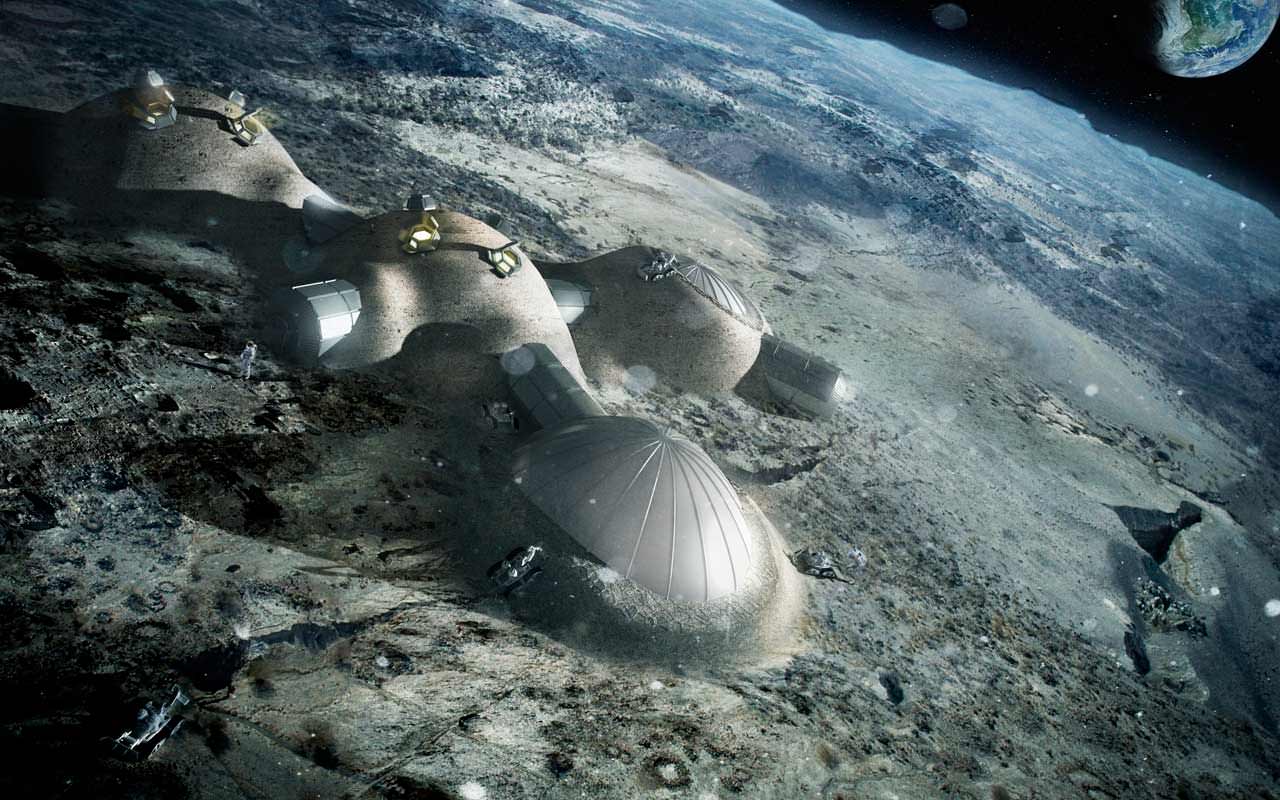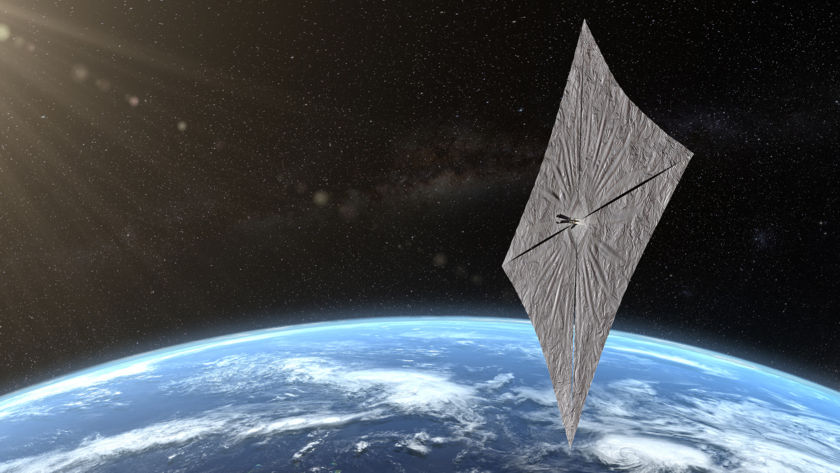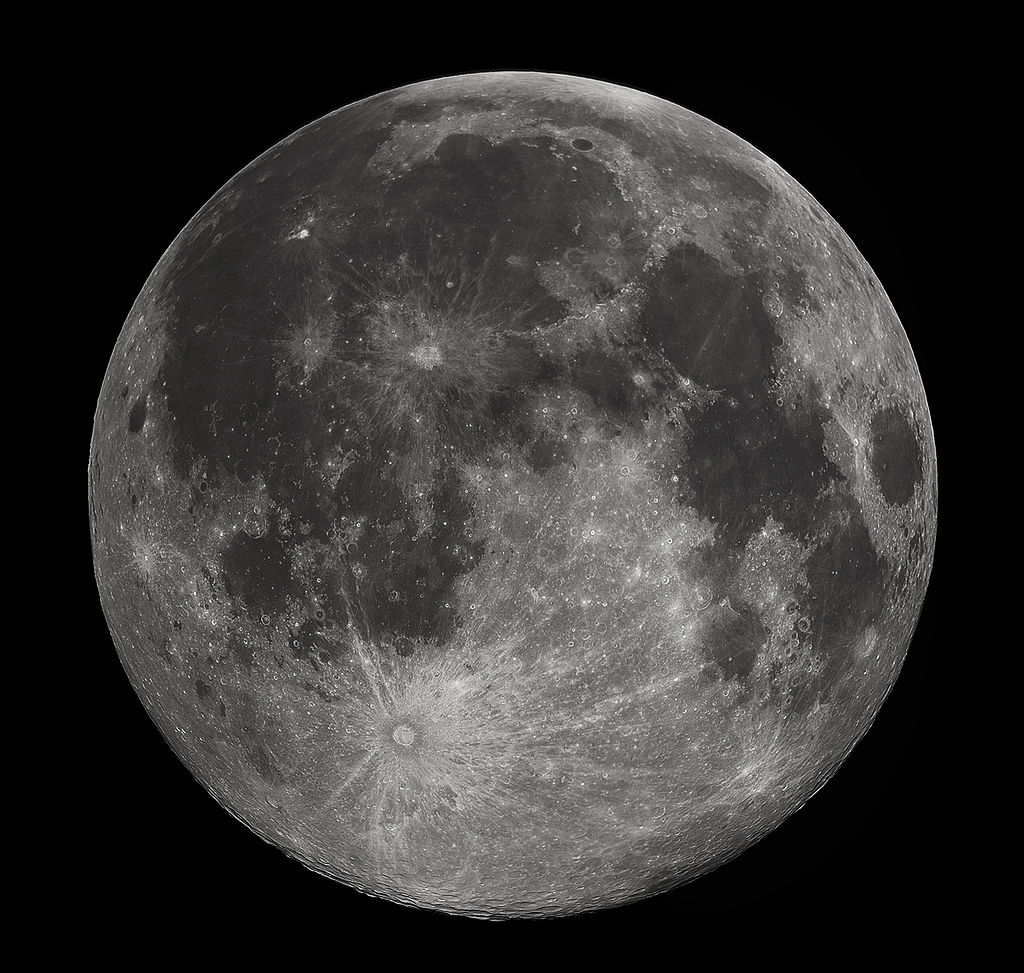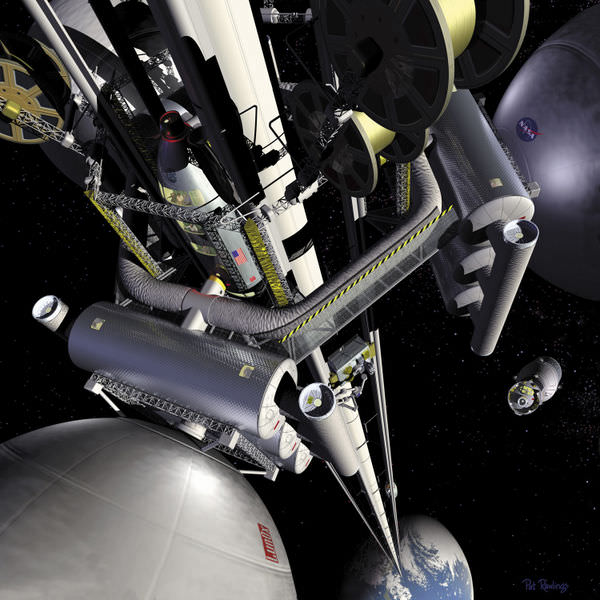Here at UT, we’ve had several stories that describe the concept of a space elevator. They are designed to make it easier to get objects off Earth and into space. That, so far, has proven technically or economically infeasible, as no material is strong enough to support the structure passively, and it’s too energy-intensive to support it actively. However, it could be more viable on other worlds, such as the Moon. But what about worlds farther afield? A student team from the University of Colorado at Colorado Springs looked at the use case of a space elevator on Ceres and found that it could be done with existing technology.
Continue reading “Using A Space Elevator To Get Resources Off the Queen of the Asteroid Belt”NASA’s Putting its Solar Sail Through its Paces
Those of you following the Advanced Composite Solar Sail System may have heard that its booms and sail are now deployed. It is receiving light pressure from the Sun to propel it through the Solar System. Like a test pilot in a new aircraft, NASA are now testing out just how it handles. Before deployment, the spacecraft was slowly tumbling and now the controllers will see if they can get it under control and under sail power. The reflectivity of the sail means its an easy spot in the night sky, just fire up the NASA app to find out where to look.
Continue reading “NASA’s Putting its Solar Sail Through its Paces”What Type of Excavator Is Most Suitable for Asteroids?
Digging in the ground is so commonplace on Earth that we hardly ever think of it as hard. But doing so in space is an entirely different proposition. On some larger worlds, like the Moon or Mars, it would be broadly similar to how digging is done on Earth. But their “milligravity” would make the digging experience quite different on the millions of asteroids in our solar system. Given the potential economic impact of asteroid mining, there have been plenty of suggested methods on how to dig on an asteroid, and a team from the University of Arizona recently published the latest in a series of papers about using a customized bucket wheel to do so.
Continue reading “What Type of Excavator Is Most Suitable for Asteroids?”NASA Announces the 2025 Human Lander Challenge
One of NASA’s core mission objectives, though not explicitly stated in its charter, is to educate Americans about space exploration, especially students. As part of that mission, NASA hosts a number of challenges every year where teams of students compete to come up with innovative ideas to solve problems. The agency recently announced the next round of one of its standard yearly challenges—the Human Lander Challenge.
Continue reading “NASA Announces the 2025 Human Lander Challenge”The NASA Break the Ice Challenge Awards $1.5M to Two Start-Ups
We might be a little late on reporting for this one – the space exploration community is large, and sometimes, it’s hard to keep track of everything happening. But whenever there is a success, it’s worth pointing out. Back in June, two teams successfully completed the latest stage of the Break the Ice Challenge to mine water from the Moon.
Continue reading “The NASA Break the Ice Challenge Awards $1.5M to Two Start-Ups”A Europan Lander Could Return an Ice Core For A Fraction of the Cost of Europa Clipper
Cost is a major driving factor in the development of space exploration missions. Any new technology or trick that could lower the cost of a mission makes it much more appealing for mission planners. Therefore, much of NASA’s research goes into those technologies that enable cheaper missions. For example, a few years ago, NASA’s Institute for Advanced Concepts (NIAC) supported a project by Michael VanWoerkom of ExoTerra Resource to develop a lander mission that could support a sample return from Europa. Let’s examine what made that mission different from other Europa mission architectures.
Continue reading “A Europan Lander Could Return an Ice Core For A Fraction of the Cost of Europa Clipper”Specialized Materials Could Passively Control the Internal Temperature of Space Habitats

Areas of space have wildly different temperatures depending on whether they are directly in sunlight or not. For example, temperatures on the Moon can range from 121 °C during the lunar “day” (which lasts for two weeks), then drop down to -133 °C at night, encompassing a 250 °C swing. Stabilizing the temperature inside a habitat in those environments would require heating and cooling on a scale never before conducted on Earth. But what if there was a way to ease the burden of those temperature swings? Phase change materials (PCMs) might be the answer, according to a new paper from researchers at the Universidad Politecnica de Madrid.
Continue reading “Specialized Materials Could Passively Control the Internal Temperature of Space Habitats”Project Helianthus – a Solar Sail Driven Geomagnetic Storm Tracker

Solar storms captured the imagination of much of the American public earlier this year when auroras were visible well south of their typical northern areas. As the Sun ramps into another solar cycle, those storms will become more and more common, and the dangers they present to Earth’s infrastructure will continue to increase. Currently, most of our early warning systems only give us a few minutes warning about a potentially destructive impending geomagnetic storm event. So a team of researchers from Sapienza University in Rome and the Italian Space Agency proposed a plan to sail a series of detectors to a point out in space where they could give us an early warning. And they want those detectors to stay on station without rockets.
Continue reading “Project Helianthus – a Solar Sail Driven Geomagnetic Storm Tracker”Researchers Developed a Test Bed For Separating Valuable Material on the Moon
Many times, it’s better to flesh out technologies fully on Earth’s surface before they’re used in space. That is doubly true if that technology is part of the critical infrastructure keeping astronauts alive on the Moon. Since that infrastructure will undoubtedly use in-situ resources – known as in-situ resource utilization (ISRU) – developing test beds here on Earth for those ISRU processes is critical to derisking the technologies before they’re used on a mission. That’s the plan with a test bed designed by researchers at the German Aerospace Center in Bremen – they designed it to improve how well we gather water and oxygen from lunar regolith. Unfortunately, as their work described in a recent paper demonstrates, it will be a challenge to do so.
Continue reading “Researchers Developed a Test Bed For Separating Valuable Material on the Moon”What Time is it on the Moon? Lunar GPS Needs to Know

GPS is ubiquitous on Earth. It guides everything from precision surveying to aircraft navigation. To realize our vision of lunar exploration with a sustained human presence, we’ll need the same precision on the Moon.
That starts with an accurate clock.
Continue reading “What Time is it on the Moon? Lunar GPS Needs to Know”






